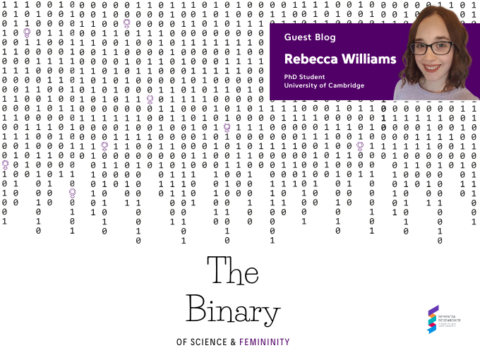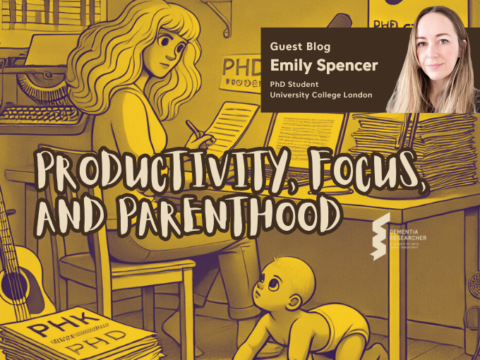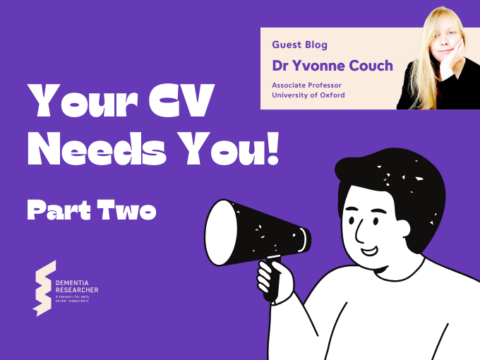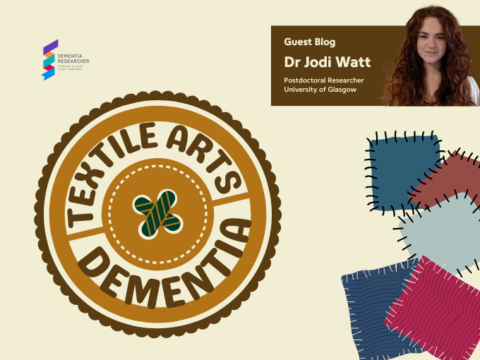To say time has flown by in the month since my last blog is an understatement! I have spent most of my study time researching what to do when starting a conversation analytic analysis and watching my video data and noting interesting things happening. I also went on holiday (woo!) and attended an in-person event with other PGRs who are using discursive methods such as conversation analysis (CA), discursive psychology (DP) and ethnomethodology (EM) which was just so amazing after the last year of PhD all being online. But let’s get back to the topic in hand!
When I think about the initial steps of a conversation analytic project, I suppose my analysis actually began quite a while back in the first year of my PhD. I have been lucky enough that my data was collected previously by one of my supervisors and I have not had to collect this myself. Because of having had access to the data from the time I started the PhD in October 2021, I had previously watched quite a lot of the videos and used some clips from the videos for presentations at events/conferences. But I had not previously started examining the data more fully and systematically.

Felicity used the Jefferson Transcription System for her recorded videos.
The starting point
In CA, there is an interest in beginning an analysis with what is termed ‘unmotivated looking’, which was pioneered by Harvey Sacks, one of the founders of the CA approach. This means that you should begin analysis without preformed ideas about what you are looking for in the data – what the data is or what it represents. You should be open to any phenomena rather than searching for something already identified in the literature or which personally interests you. This is something that is not always practical for some projects using CA, especially those which will have an applied practical outcome.
In my case, I began with an interest in identity maintenance in interaction (so not completely unmotivated, but this is what my PhD project centres on). But I was not sure what I would be looking at specifically in the data – other than things related to displaying identity and helping to support the identity of people living with dementia (which is a very large range of things indeed!). I began by looking at the ‘own home’ setting in my dataset – recordings of interactions between heterosexual couples in their home environment, where one of them is living with a dementia diagnosis. I became interested in instances where memory is invoked – where past experiences are talked about or elicited by others. Initially, I have found what seems to be different kinds of ways of accessing or talking about memories. There are instances where memories are brought up by the person living with dementia or their partner in a way which seems to be reminiscing about memories they both share – or which one party has which relates to something they are both discussing. On the other hand, there are instances where memory ‘testing’ or ‘probing’ is used (so far exclusively by the partner without dementia) to try and get the person living with dementia to access a memory or piece of information such as a person’s name. So far, it seems the former is more supportive of the person living with dementia’s identity, and the latter seems unsupportive. This is however still very early days, and I imagine my eventual analysis will be different to my current thinking.
I will now go over some tips and lessons I have learned from my first month of analysis.
Top tips for the analysis process
- Have a process – it can be really helpful (but maybe sounds really obvious) to look through CA methodology books as to how you can begin to analyse a data set. I used ‘Doing conversation analysis: A practical guide’ by Paul ten Have (2007).
- Ten Have (2007) suggests: “the starting point is some ‘noticing’ in the transcript that something ‘interesting’ seems to be happening at some moment. From that moment on, the purpose of the strategy is to elaborate and contextualize that rather intuitive moment” (p. 124).
- In my case the something ‘interesting’ is reminiscing and memory testing, and I am still working on the ‘moment’ it happens in the interaction as I build a collection of instances where memory is made relevant by participants in the interaction. For example, who is memory made relevant by? What action does this achieve? What is the outcome for the sequence of interaction? Does the talk related to memory support or undermine identity of the person living with dementia, and what is the interactional evidence for this? These are all questions I am still to answer.
- From noticing this ‘something interesting’, you can then identify the start and end of the sequence in which the interesting thing happens – the start and end of a sequence may not be as clear in some cases as others. For me, I include within the start of a sequence the talk which led up to the ‘interesting thing’ and end it when there is a topic change. There may be some deviant cases where the ‘interesting something’ is talked about multiple times throughout an interaction, with other topics being discussed in-between – this is interesting too.
- Once a sequence has been identified you can begin to characterise the actions in the sequence turn-by-turn. Think about what the participant is doing in this turn, for each turn. A turn’s action may be ambiguous or complicated. This part is provisional and open to further analysis later. Think about how something could be said or worded differently and how that may resolve in a different interactional outcome from other participants. For example, see research on how the change from ‘is there anything else?’ to ‘is there something else?’ can change the responses patients give to doctors.
- You should also think about the timing and taking of turns and how this makes certain understandings of actions in talk possible. For example, is a next speaker selected, what is the timing of the initiation of the turn (is there a pause/silence in-between turns? How does the next speaker get the floor to talk?)
- The final stage of analysing a sequence is to look how the way in which action(s) were achieved suggest particular identities, roles, and/or relationships for the participants in the interaction. What rights, expectations and obligations are negotiated or renegotiated in the talk?
- Ten Have (2007) suggests: “the starting point is some ‘noticing’ in the transcript that something ‘interesting’ seems to be happening at some moment. From that moment on, the purpose of the strategy is to elaborate and contextualize that rather intuitive moment” (p. 124).
- A more detailed description of this process can be found in ten have’s (2007) book in Chapter 7 – Analytic Strategies.

- It is very easy to get carried away with finding more examples of a phenomena that has interested you in the data rather than working through the process previously discussed – as this is exactly what I have done this past month! So, this is something I now need to go back and do and will aid me in understanding similarities and differences between ways of talking about memories.
- Beginning a CA project is quite overwhelming – you have a wealth of data but – where to begin? The best place to begin is just through watching or listening to your data and you will start to spot things that happen in more than one interaction or multiple times in the same interaction, or maybe even something that happens once and nowhere else! These are all interesting things that you are observing.
- As we are all busy human beings – it is best to record all these insights in a document or table – making sure to reference which video you found something interesting in, and the line numbers if your data is already transcribed.
- It is normal practice for you to have first transcribed all your data before analysis begins – some of my data is transcribed whilst others still are not – but from noticing something interesting (e.g., different ways memories are discussed), you can then start to search for these in data which is yet to be transcribed. So, I now have videos where part of them are transcribed and then some parts are transcribed in detail using the Jefferson Transcription System.
- I found some really interesting literature related to the topic of eliciting memories, from Williams et al. (2019) – if it is of interest to you, please take a look.
Thank you for taking the time to read this blog, I hope parts have been useful to you for your own analysis or just for understanding how a conversation analytic project can be started. However, this is just one way to begin and as ten Have (2007) says, “there are many ways in which one can approach data in a CA project” (p.124).

Felicity Slocombe
Author
Felicity Slocombe is a first year PhD Student from Loughborough University. Felicity’s research focuses on identity and dementia and how identity can be managed interactionally – how we can help support identity of people living with dementia through our conversations. Driven by a family connection to dementia, and writing each month on a range of topics from her work, and that of her wider group ACTInG (Applied Cognition Technology and Interaction Group), and sharing news from her training and events.

 Print This Post
Print This Post






“Your blog on conversation analysis, tips, and lessons learned is an insightful and informative resource for anyone interested in improving their communication skills. I appreciate how you dive into the intricacies of conversation analysis, providing valuable insights on effective communication techniques and strategies. Your tips and lessons learned offer practical advice that can be applied in various personal and professional settings. The way you break down complex concepts and provide real-life examples makes your blog posts engaging and relatable. Thank you for sharing your expertise and helping readers enhance their conversational skills!”
Hi Meehi, thank you so much for your lovely feedback! I’m so glad my blogs have been helpful for you. Are you using conversation analysis I’m your work?
Best wishes,
Felicity